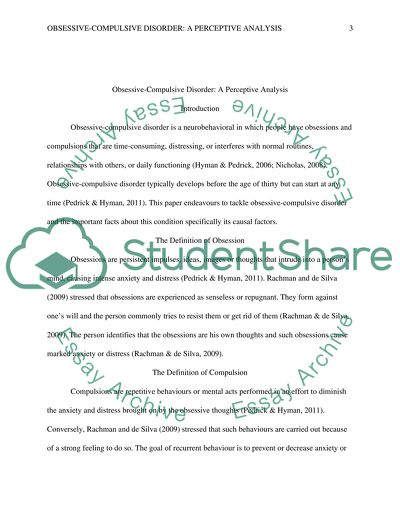Cite this document
(“Obsessive-Compulsive Disorder Essay Example | Topics and Well Written Essays - 2000 words”, n.d.)
Retrieved from https://studentshare.org/psychology/1438005-supporting-your-argument-with-evidence-explain-the
Retrieved from https://studentshare.org/psychology/1438005-supporting-your-argument-with-evidence-explain-the
(Obsessive-Compulsive Disorder Essay Example | Topics and Well Written Essays - 2000 Words)
https://studentshare.org/psychology/1438005-supporting-your-argument-with-evidence-explain-the.
https://studentshare.org/psychology/1438005-supporting-your-argument-with-evidence-explain-the.
“Obsessive-Compulsive Disorder Essay Example | Topics and Well Written Essays - 2000 Words”, n.d. https://studentshare.org/psychology/1438005-supporting-your-argument-with-evidence-explain-the.


